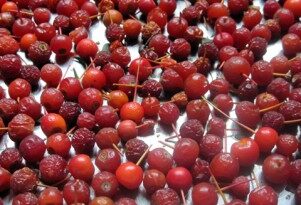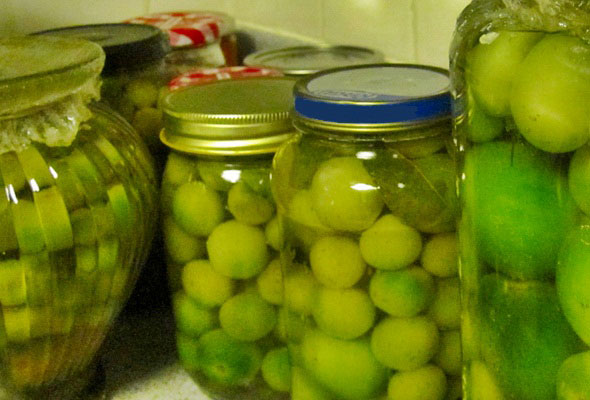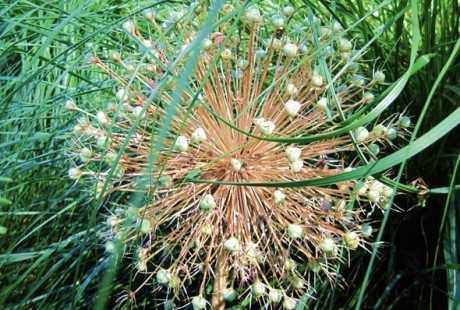hardiness zones
If you’ve been gardening for a while, no doubt you know what hardiness zone your pride and joy grows in. You know what plants need winter protection, what plants need to be moved indoors and what plants won’t be bothered even by arctic weather.
A few amendments to the general hardiness zone information. Strange as it may seem, the latter is not set in stone. The trend in recent years has been for the zones to shift towards getting warmer. Don’t get excited about it, whether or not your 5B zone has now officially become a zone 6, winter will still be gruesome.
One of the most important reasons for knowing your hardiness zone is the expected date of the last frost, which, I learned the hard way, is approximate and orientative. Have contingency plans to protect those tender shoots you just planted, just in case another frost visits in May.
The hardiness zone refers to the larger area you live in, but your site specifics will modify it significantly: a sheltered position, southern exposure, surfaces that reflect heat can offset the development of plants in different areas of your garden by almost a month. If winter tender perennials manage to make it through winter after winter, you should believe them, not their hardiness guidelines, no matter what zone is listed on their label.
The hardiness zone of a plant is based on temperature expectations for an average year. Even the most resilient and cold hardy plants will die during extreme winters.
As far as planting and harvesting are concerned, if you must err, err on the side of a long warm fall, not an early spring. The earth takes a long time to warm and cool, and it is very likely that summer temperatures will linger way past mid-October, but I don’t ever remember spring coming early. Of course, there is always a first time for everything.




 Previous Post
Previous Post Next Post
Next Post




